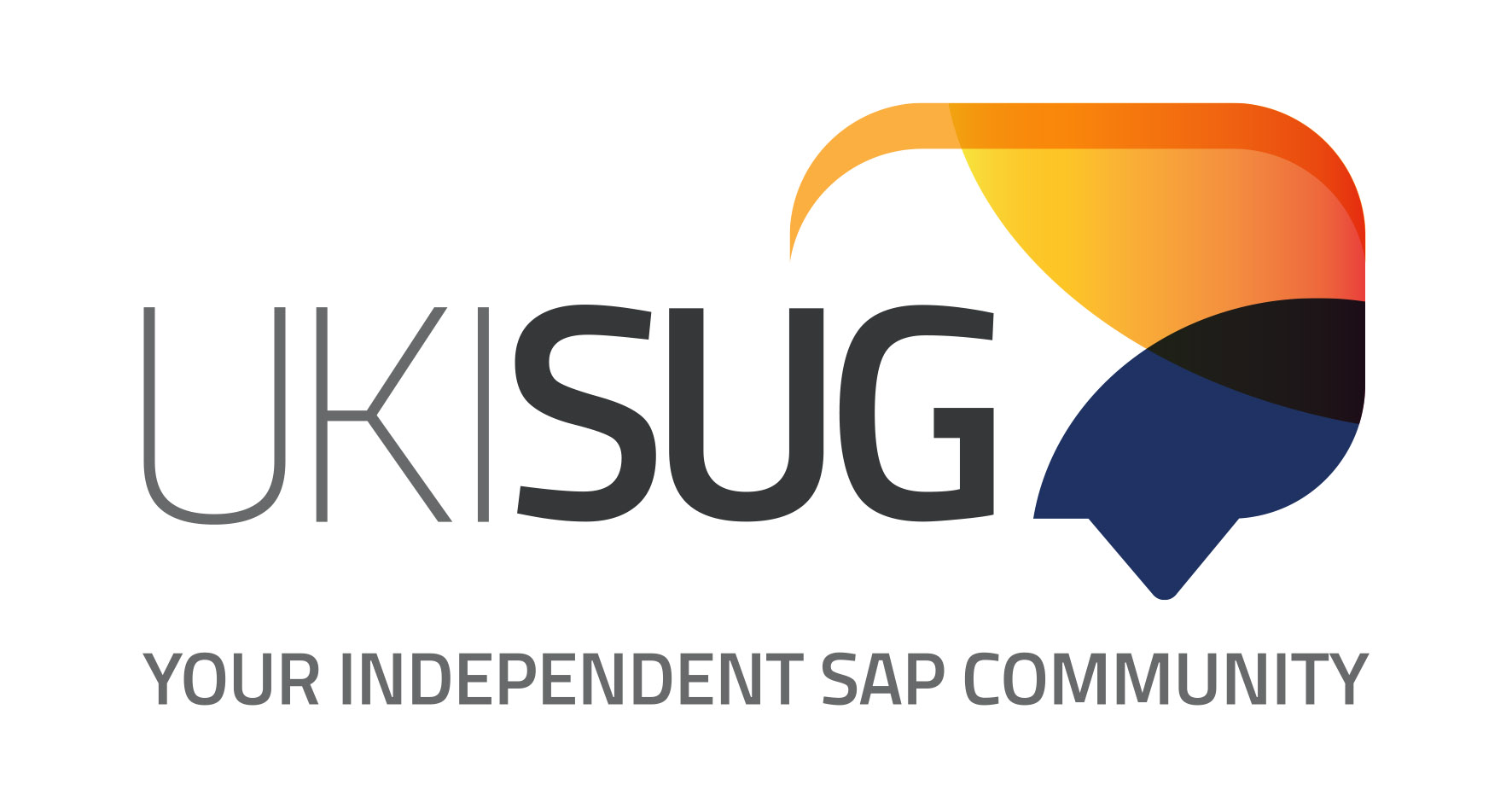Case studies:
Columbia Sportswear - connecting active people with their passions faster than ever before
“The GBT initiative advanced our system landscape to that next level and put Columbia Sportswear in a position to better service our partners and customers into the future,” says Holly Day, Data Conversion Manager. “The more efficiently we can do our work, the faster we can get our product out there to the consumer, and that’s really what we were striving to do through this project.”
Canada Post Delivers Automated Data Loading to SAP® Users
“We save around $1.9 Million per year in avoided programming, reduced data entry workload costs and Service Level Agreement (SLA) costs. Most importantly, we have given our users a tool that enhances their productivity and the accuracy of the data in our systems.” — Chantal Gauvreau, Business Process Manager, SAP Center of Excellence, Canada Post
ConAgra Foods Finds Recipe for Supply Chain Optimization with Help from Automate Studio
“Our plant personnel would enter data into a spreadsheet, either in Excel or on a pad of paper,” says Matt Evans, Manager of Enterprise Procurement COE at ConAgra Foods. “Then they would re-enter much of the same data in SAP. After that, another individual at our corporate office in Omaha would process the supplier’s invoice and create a credit voucher to account for any difference between the amount invoiced and the goods received. Much of the data entry consisted of the same information.
Amidst Lingering Budget Cuts, Southwark Reports Significant Annual Savings with Automate Studio
“We’re very conscious of the fact that we don’t get to cascade our work down, and we’re constantly looking to do more with less and utilize our limited resources,” said Susan Biggs, SAP HR Payroll Officer at the Council. They sought a solution that would allow them to reduce their workforce, lowering HR hiring and training costs.
Compass Group Netherlands
“Compass is a data-driven organization because we want to be able to know what our customers need in advance and have it ready for them,” said Ruud. “It was challenging to do this when we were operating on multiple systems because it created silos with the data. We needed a solution that would merge the two systems and then transition to the SAP for Retail industry solution.”
Disclaimer note
The content provided here is supplied by the Partner, and UKISUG accepts no responsibility or liability for its accuracy, completeness, or relevance. Any opinions, advice, or information expressed are those of the Partner alone and do not reflect the views or endorsements of UKISUG.

